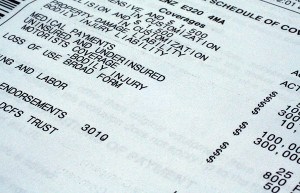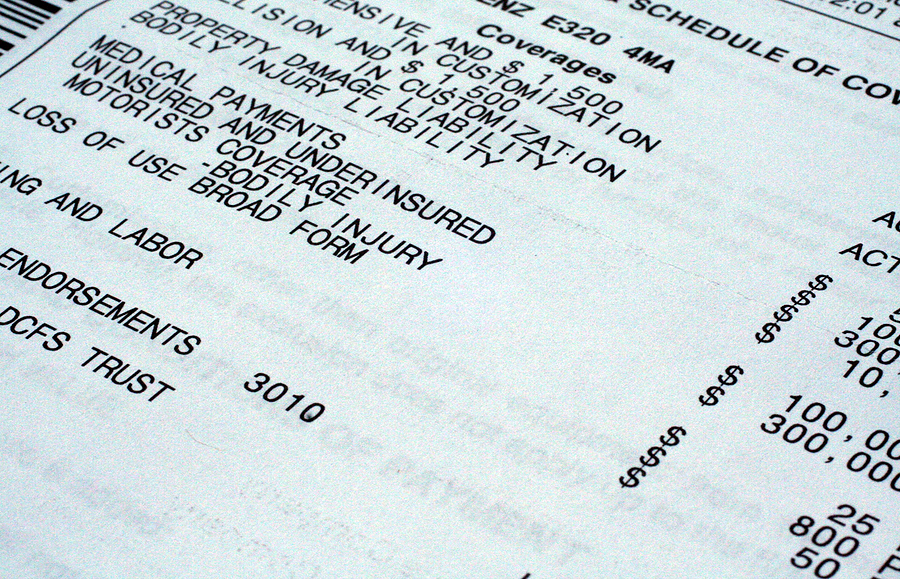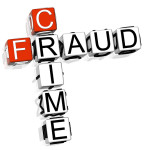Verisk Analytics estimates that personal lines automobile insurers face at least a $29 billion annual problem from premium leakage—omitted or misstated underwriting information that leads to inaccurate rates.
According to the Verisk report, sources of personal auto premium leakage in 2016 include:
- unrecognized drivers – $10.3B
- underestimated mileage – $5.4B
- violations/accidents – $3.4B
- garaging – $2.9B
- identity exceptions – $2.8B
- other – $4.1B
The data analytics company estimates this type leakage amounts to 14 percent of premium.
At the same time, insurers are contending with tightening margins on the one hand and competitive pressure to grow market share and boost retention on the other.
The problem appears to weigh heavily on the minds of insurance leaders. More than 80 percent of respondents to a Verisk-led industry survey were at least “moderately concerned” about premium leakage, with nearly half “very concerned” or “extremely concerned.”
These findings are explored in The Challenge of Auto Insurance Premium Leakage, a new Verisk Insurance Solutions Innovation Paper based on the findings of two recent Verisk research initiatives. The 2016 Verisk Auto Insurance Premium Leakage Survey explored insurers’ concerns, programs, and plans regarding premium leakage. Verisk also conducted a client analysis for 82 insurers split evenly between the standard and nonstandard markets.
The insights from those initiatives provide readers with a deeper look at premium leakage from multiple angles:
- Dimensions of the problem — how the issue skews pricing and how concerned insurers are about it.
- Best practices — successful strategies for bringing leakage under control.
- Innovations — cutting-edge tools to enable a healthy balance of growth, retention, and profitability.
There are a number of reasons why leakage happens, according to Verisk. The misinformation could be due to dishonest insureds or agents, errors and changes in a policyholder’s risk profile.
According to the premium leakage study, 70 percent of auto insurers monitor premium leakage. Among insurers that currently monitor premium leakage, 86 percent monitor at point of sale and 84 percent at renewal.
Predictive analytics is one way to identify sources of premium leakage, according to the report’s authors.
Download The Challenge of Auto Insurance Premium Leakage at www.verisk.com/premium-leakage
Was this article valuable?
Here are more articles you may enjoy.


 Beyond the Claim: How Social Canvassing is Transforming Insurance Fraud Detection
Beyond the Claim: How Social Canvassing is Transforming Insurance Fraud Detection  Florida’s Home Insurance Industry May Be Worse Than Anyone Realizes
Florida’s Home Insurance Industry May Be Worse Than Anyone Realizes  Sanofi to Pay $100 Million to Settle Zantac Cancer Lawsuits
Sanofi to Pay $100 Million to Settle Zantac Cancer Lawsuits  Supplemental Claims Don’t Need to Include Damage Estimates, Fed Appeals Court Says
Supplemental Claims Don’t Need to Include Damage Estimates, Fed Appeals Court Says 